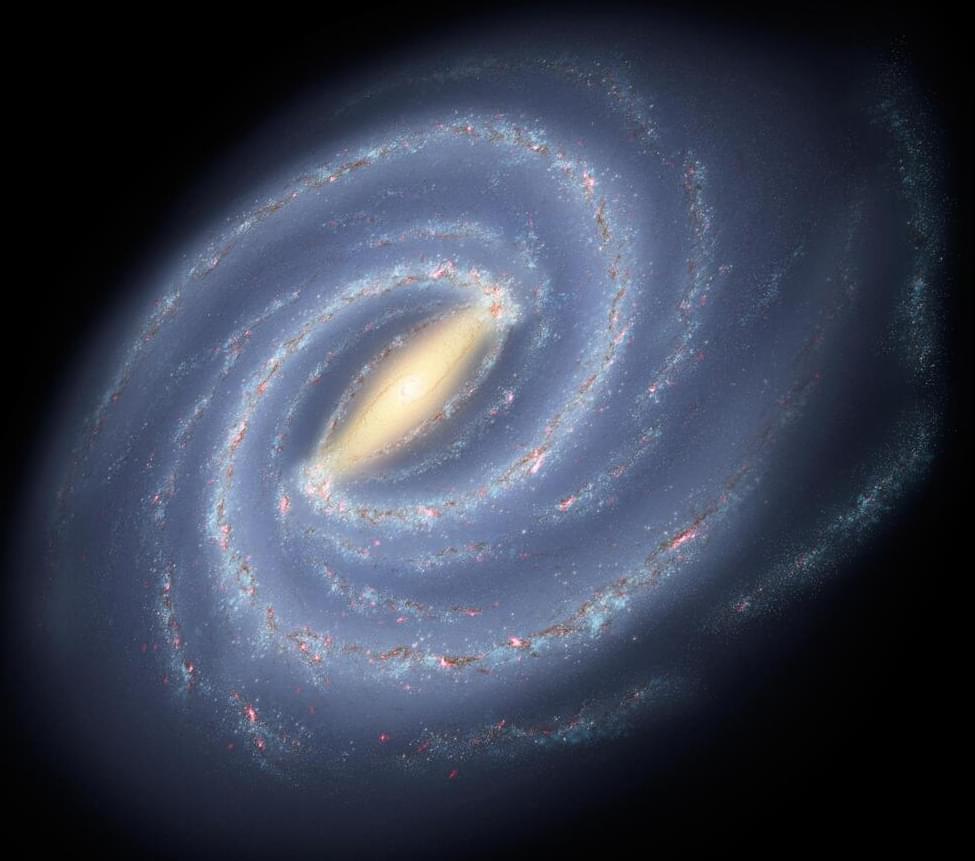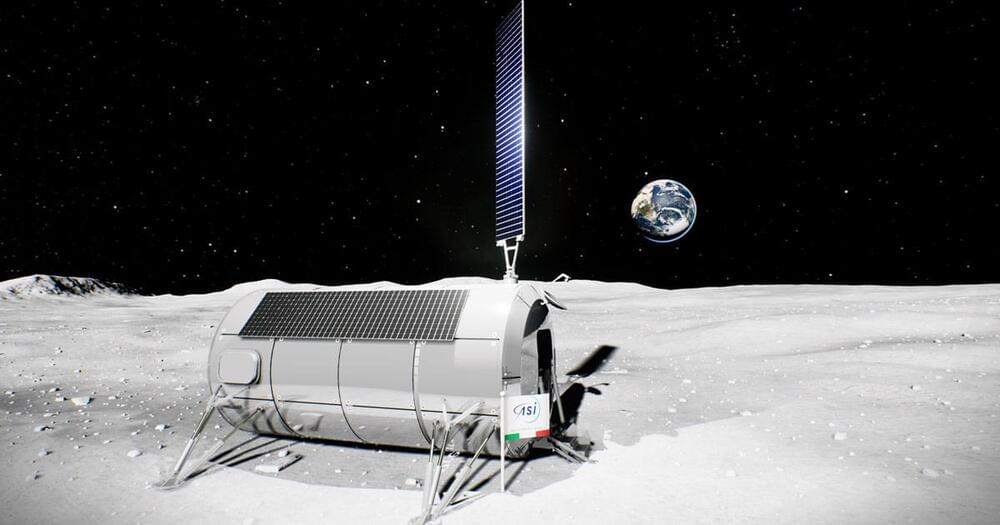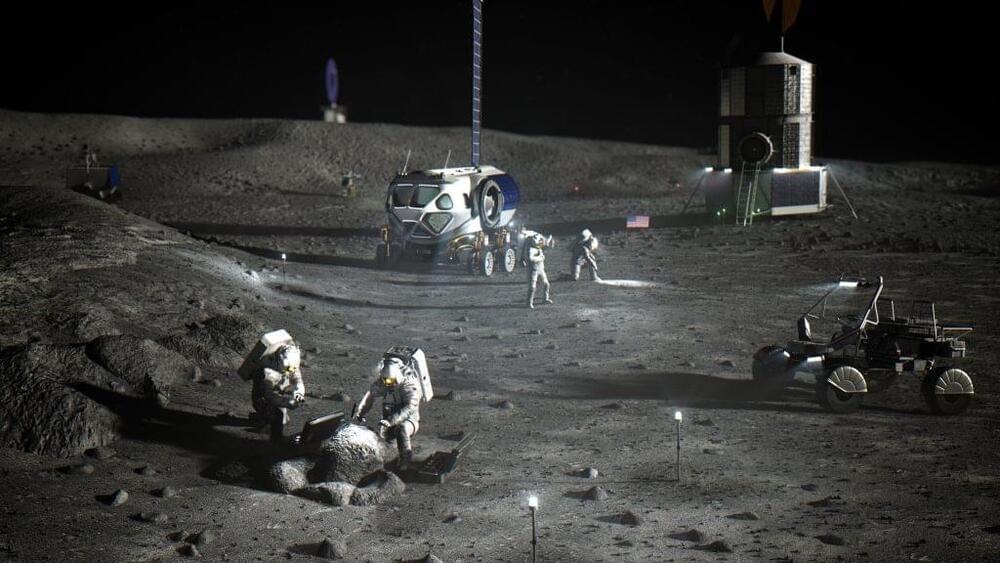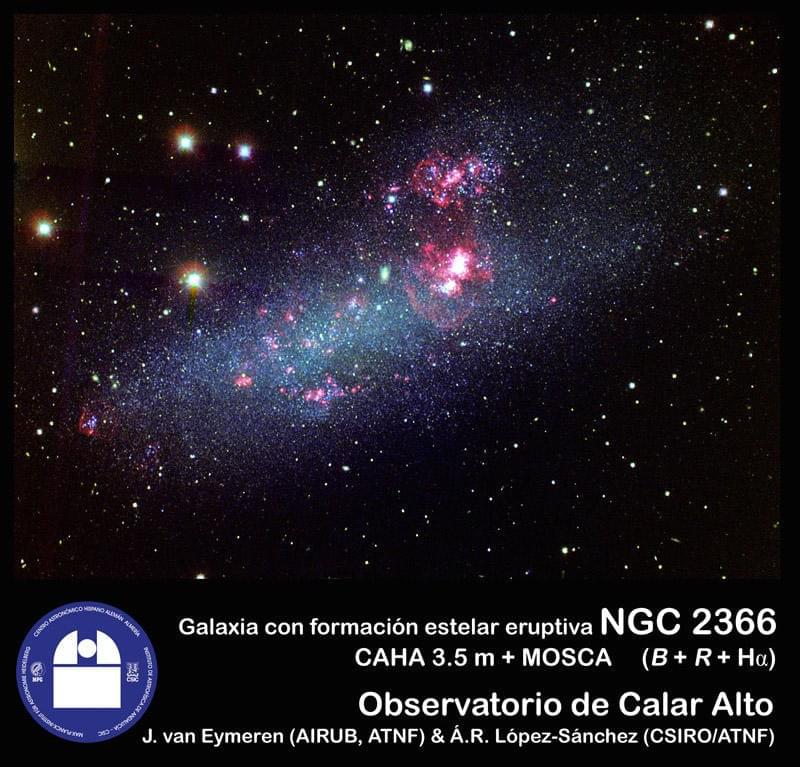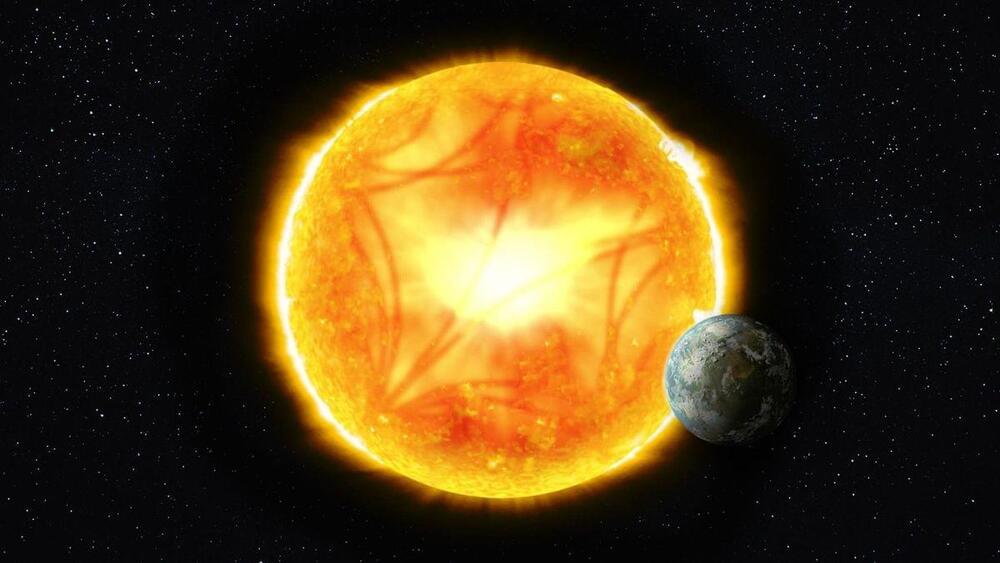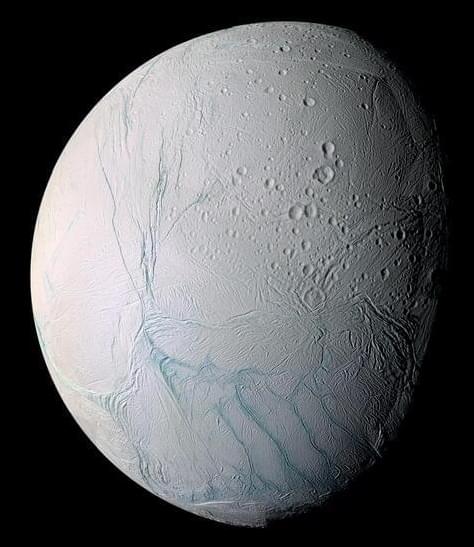Dec 25, 2023
Cosmic Oddity Explained: Astrophysicists Discover Why Our Supergalactic Plane Lacks Spiral Galaxies
Posted by Dan Breeden in categories: physics, space, supercomputing
Astrophysicists have discovered why spiral galaxies like the Milky Way are rare in the Supergalactic Plane, a dense region in our Local Universe. The research, led by Durham University and the University of Helsinki, used the SIBELIUS supercomputer simulation to show that galaxies in dense clusters on the Plane often merge, transforming spiral galaxies into elliptical ones. This finding, which aligns with telescope observations and supports the standard model of the Universe, helps explain a long-standing cosmic anomaly about galaxy distribution.
Astrophysicists say they have found an answer to why spiral galaxies like our own Milky Way are largely missing from a part of our Local Universe called the Supergalactic Plane.
The Supergalactic Plane is an enormous, flattened structure extending nearly a billion light years across in which our own Milky Way galaxy is embedded.
